CSHL Library and Archives develops both physical and electronic exhibits that provide a historical insight into the research, people, buildings and events associated with the laboratory.
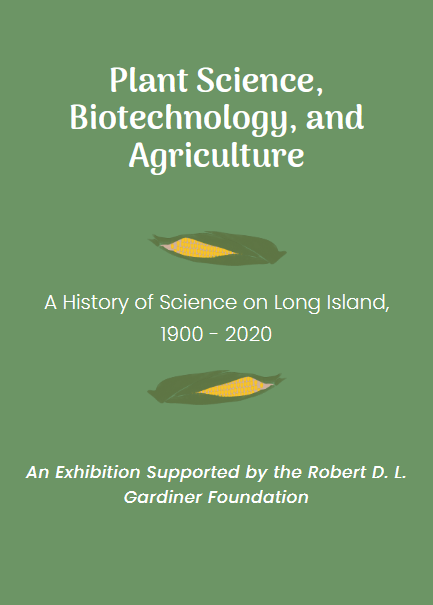
Plant Science, Biotechnology, and Agriculture: A History of Science on Long Island, 1900 – 2020
With the generous support of the Gardiner Foundation, the CSHL Library and Archives has completed a significant history of science project, an exhibition entitled Plant Science, Biotechnology and Agriculture: a History of Science on Long Island, 1900-2020.
The exhibition explores the relationship between agriculture and basic scientific research and how this relationship developed on Long Island over the course of the twentieth century and into the twenty-first.
The mission of the Gardiner Foundation is to support the study of Long Island history and its connections to the national story of the United States. Our exhibition does this by way of the history of science. We tell a series of stories about geneticists and plant researchers and farmers on Long Island. These stories connect the history of Long Island to the wider world and illuminate the often neglected links between the history of agriculture and the history of science.
The exhibition is based on a wealth of archival material drawn from our own collections and from those at other institutions, including Brookhaven National Laboratory, the Long Island Horticultural Research and Extension Center and the Small Special Collections Library at the University of Virginia. (Virginia, you might ask? Sometimes, due to the vagaries of scientific careers and scientists’ choices about where they want their papers kept, archival material wanders very far afield from its place of origin.)
A physical version of the exhibition is open to visitors at the Carnegie Library at CSHL. CSHL faculty, staff and students can enter the library with their ID; visitors from outside the laboratory must make an appointment.
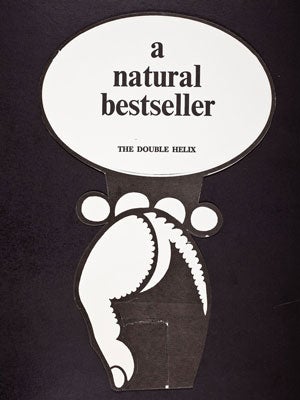
A Natural Bestseller
This exhibit uses primary documents to trace the story of the publication of The Double Helix-from its rejection from the Harvard University Press to the New York Times Best Seller List.
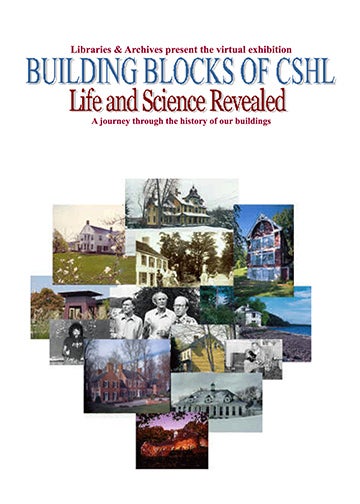
Building Blocks of CSHL
The virtual exhibit Building Blocks of CSHL features photographs, first-hand accounts, and letters documenting the significance of CSHLs Buildings.
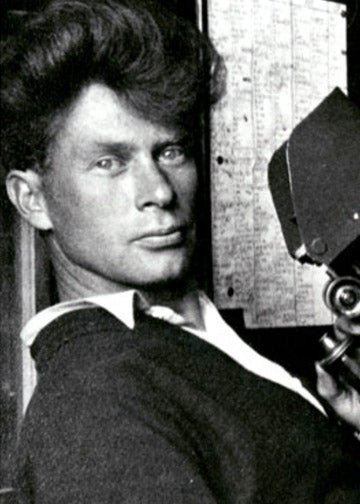
Calvin Bridges
This online exhibit is an introduction to the life and scientific contributions of Calvin Bridges. New family photos and information have been made available by the Bridges family.
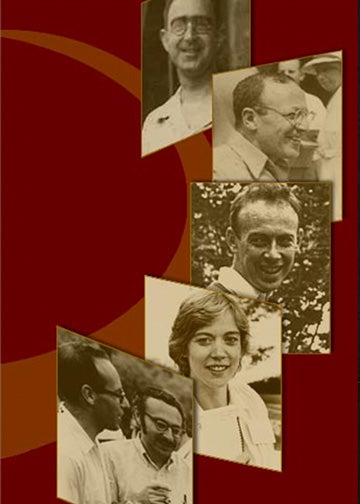

Annotated Scholarly Guide to the HGP
The guide to the HGP is a vast, online window into the Human Genome Project. It features a rich, meticulous gathering of resources, information and links to original research, articles, videos and many other materials. The scope spans not only the years bracketing the Project itself, but also the period leading to the launch and events following the Project’s completion.
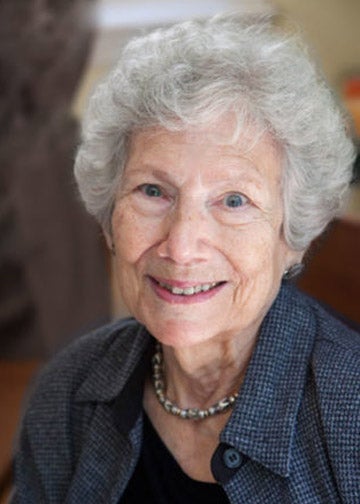
Evelyn Witkin: Science and Life
Evelyn Witkin was elected as a member of the National Academy of Sciences in 1977, at the time she was one of the few women elected to the Academy.
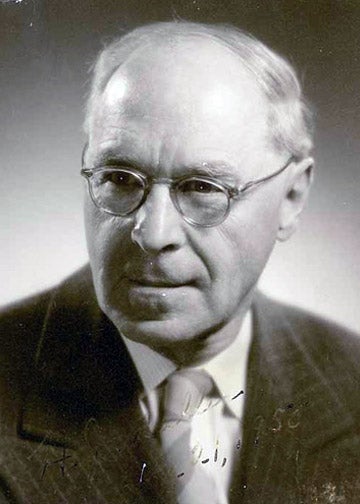
Hermann J. Muller
Hermann Joseph Muller was a pathbreaking geneticist and dedicated social activist. A cosmopolitan figure, his career was an intriguing mix of world travel, scientific discovery, and controversy. During his time, Muller was not only an internationally renowned scientist but a brave defender of his ideals. Nobel Laureate James Watson, a former student of Muller’s, has called him “the most important geneticist of the 20th century.”

Memory Board
The Memory Board is an experiment in interactive storytelling. This site illustrates the evolving history of Cold Spring Harbor Laboratory, a center for the biological sciences, since 1890. The Memory Board provides a forum for scientists, administrators, support staff, trustees, students, and visitors to share their memories about CSHL.
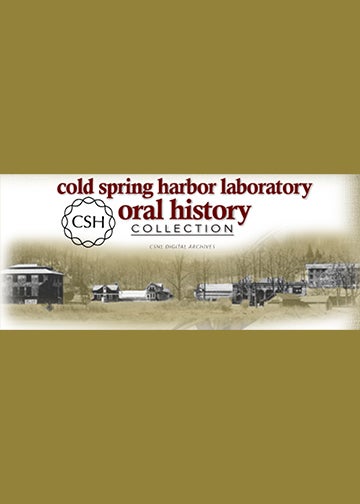
Oral History
The Cold Spring Harbor Laboratory Archives has undertaken a major initiative to document the history of science through the words and images of the scientists who have worked and regularly visited here. This unique collection of oral histories provides an unprecedented perspective on the development of molecular biology, the present state of the science, and visions of the future by the leading scientists in the field.
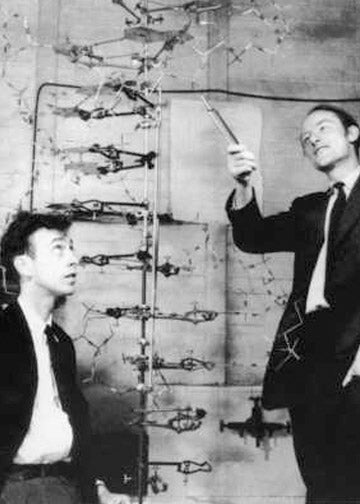
Traveling Exhibit
In 1953, James Watson and Francis Crick made one of the major discoveries of the twentieth century: they deciphered the double-helical structure of DNA, leading them to understand how the molecule passes information from one generation to the next. The discovery began a revolution in molecular biology that led to major advances in science and medicine.